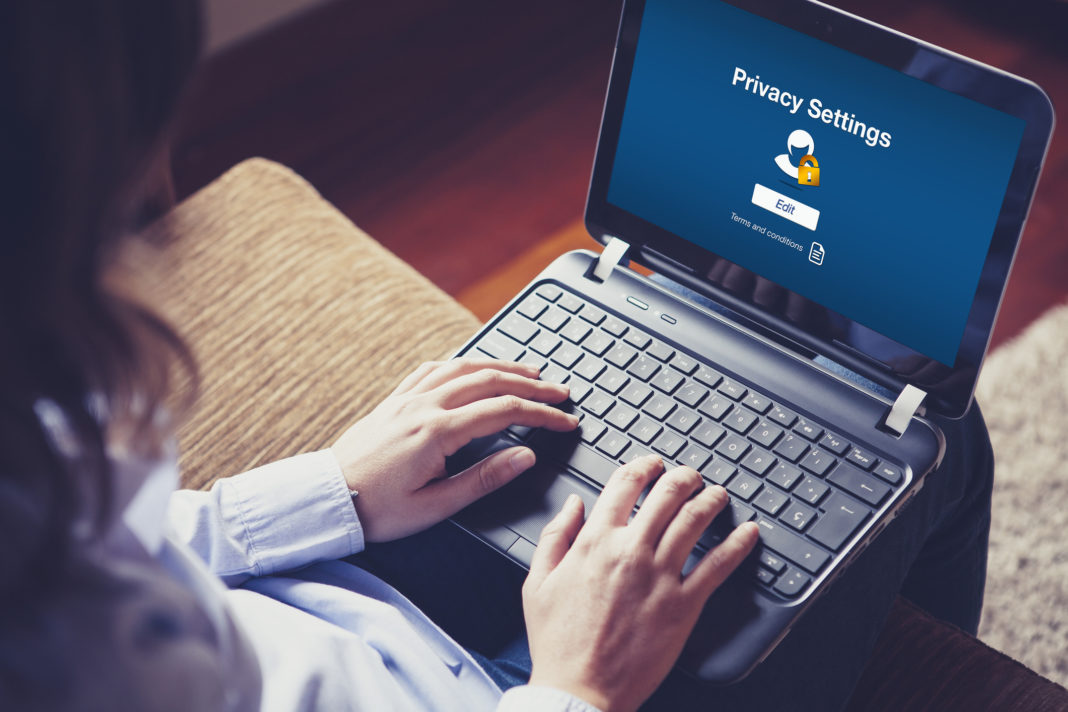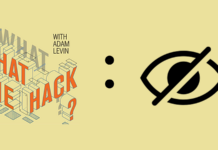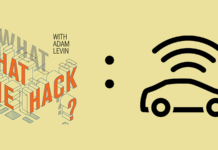Social media accounts allow users to share their personal lives and interests with others. Depending on the privacy settings, “others” can mean the entire world, and that can pose certain problems and dangers.
If you open up your privacy settings to “Public,” anyone can see what you post, which can easily endanger your digital security and open you up to the possibility of identity theft.
Getting the privacy settings on your social media accounts right is essential to your online security. And don’t worry: You can do it and still stay connected!
Here’s what you should know:
Wide open “public” settings on your social media accounts allow anyone to see the content you share, what and who you engage with on the platform, as well as valuable personal information if you include it on your profile.
This may seem harmless to you – but it can make you much more vulnerable to both cybercrime and perfectly legal, though shady, cyber marketing strategies that implement data mining.
Identity theft, phishing, catfishing, and cyberstalking are just a few of the possible attacks you could experience if a threat actor studies your public posts.
If post photos in and around your home, geotags, Google Earth and other markers can be used to locate your physical address, which can lead to stalking. Bear in mind, cybercriminals don’t need much information to commit identity fraud: Full names, birth dates, current addresses and phone numbers are all readily available information on public Facebook profiles. They are all important data points in the pursuit of identity theft.
How can I make my accounts private?
Most social media platforms are public by default, but you can easily change this in a platform’s settings. Here’s how:
- Instagram: Go to settings, ‘Account’ and click on ‘Private Account’.
- Twitter: Go to ‘Settings and Privacy’. Once there, click on the ‘Privacy and Safety’ tab, and tap the sliding bar next to “Protect your Tweets”, which means that your tweets will be private.
- Facebook: Go to the ‘Privacy’ tab, where you’ll see a list of privacy options regarding your personal information, who’s allowed to contact you, see your shares, and view your reposts. You can toggle all settings to ensure only your friends can see your activity and information. It’s also key to periodically see the ‘Activity Log’ and ‘Limit Past Posts’.
- YouTube: Navigate to https://www.youtube.com/account_privacy, and enable options ‘Clear All Watch History’ and ‘Pause Watch History’.
- LinkedIn: Go to ‘Privacy’ settings under Me> ‘Settings and Privacy’, which allows you to control how others see your profile, network information, and activity.
Once your accounts are set to private, there are some additional social media habits that can ensure they stay protected: Avoid going into detail in “About me or your bio,” know who you are connected to online, create strong and unique passcodes, and always use a two-factor authentication to login.










